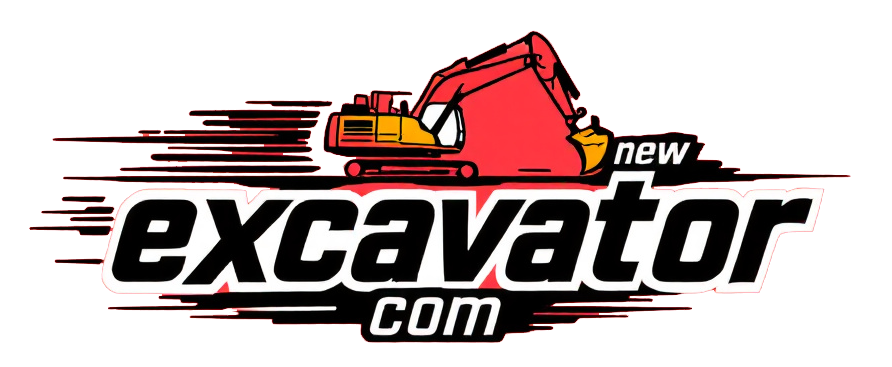Compact loaders have become a go-to piece of equipment for grading and leveling tasks in construction and landscaping. Their small size, versatility, and impressive power make them an essential tool for professionals and DIY passionate alike.
But using skid steer loaders effectively requires an understanding of their capabilities, operational techniques, and best practices.
| This guide will walk you through everything you need to know about compact loaders, from the basics to real-life examples, and even the future of this indispensable construction machinery. |
What Are Compact Loaders and Why Are They Important?
Compact loaders, Often called skid steer loaders, these tiny, adaptable, simple to operate equipment are extensively utilized in landscaping, building, and other heavy-duty projects.
Compact loaders, unlike full-sized loaders, are made to run in confined areas while yet providing amazing power and capability.
These machines shine especially in grading and leveling. Skid steer loaders offer the accuracy and efficiency required for flawless, professional results whether you’re changing the course of a commercial project site or perfecting the edges of a backyard landscaping job.
Key Features of skid steer Loaders
- Though tiny and economical, these loaders have strong engines capable of handling heavy lifting and detailed grading chores.
- Work in limited space is best suited for their small footprint and tight turning radius.
- Depending on the work at hand, these loaders can include a wide range of attachments—from buckets to grading blades.
The Advantages of Using Skid Loaders Over Traditional Methods
Why should you choose for tiny loaders instead of more conventional tools or bigger machinery?
- 1. Efficiency
Comparing compact loaders to hand work, they save a lot of time. Their strong engines and flexible attachments let you finish grading and leveling projects in a fraction of the time.
- 2. Cost-Effectiveness
Although the initial outlay may appear significant, compact loaders usually pay for themselves with higher production and lower labor costs. Renting a small loader can also be very cost-effective for smaller operations.
- 3. Versatility
Beyond grading and leveling, compact loaders take care of digging, lifting, and even snow removal. Any building or landscape project would benefit from their versatility.
How Compact Loaders Work for Grading and Leveling
Achieving correct grading and leveling outcomes depends on an awareness of how little loaders run. The method is broken out here in great detail.
Step 1: Choose the Right Attachment
Often grading and leveling call for particular attachments like grading blades, box blades, or buckets. Choose the one most appropriate for your project to guarantee highest accuracy and efficiency.
Step 2: Set Up Your Loader
Make sure the compact loader is setup properly and on level ground before beginning. Depending on your aims, change the bucket or blade angle.
Step 3: Plan Your Passes
Plan your passes and break the ground to be graded into smaller pieces. Tracking overlapping guarantees consistent and flawless results.
Step 4: Execute the Operation
Keeping control over speed and direction, lower your blade or bucket to the ground and move slowly. When leveling, pay close attention to little, delicate motions to prevent uneven results.
Step 5: Check Your Work
Stop often to evaluate the development. For precision and necessary corrections, use a grade rod or a laser level.
Best Practices for Operating Compact Loaders
Remember these essential practices to maximize your little loader—while still being safe.
Safety Tips
- Don appropriate safety gear—gloves and a high-visibility vest among other things.
- Check the loader’s operation pre-operatively to guarantee it is running as it should.
- Especially when working in close quarters or near pedestrians, be aware of your surroundings
1. Residential Landscaping Project
Using a compact loader, a California do-it-yourselfer reshaped her yard for a contemporary landscape design. She accomplished the required slope and contour in two days—something that would have taken weeks manually—by using a grading blade attachment.
2. Commercial Parking Lot Leveling
A construction company used skid steer loaders to level gravel for a parking lot in Texas. Thanks to the precision of the loaders and expert planning, the team completed the project ahead of schedule and under budget.
3. Rural Driveway Grading
Grading and leveling a long, uneven driveway, a Vermont landscaper used a small loader. One day the work was finished, leaving a flawless, professional finish.
Future Trends in Compact Loader Technology
Technology is continuously advancing to make compact loaders even more effective.
- Automation: Self-operating compact loaders that use GPS and AI technology are already in development, promising precision and minimal human intervention.
- Fuel Efficiency: Eco-friendly compact loaders powered by electric or hybrid engines are becoming increasingly popular for their environmental benefits.
- Smart Attachments: Manufacturers are introducing attachments with embedded sensors to provide real-time data and improve performance.
These developments will transform the landscape and building sectors, therefore enabling projects to be more environmentally friendly and effective than before.
Why Are Compact Loaders Changing Grading and Leveling?
Compact loaders are changing how grading and leveling operations are handled from their efficiency and adaptability for a wide spectrum of activities to their simplicity. These machines produce effects that are difficult to match whether you’re overseeing a sizable commercial project or finishing touches to a house landscaping project.
Proceed with the Next Step: Grading and Leveling Compact Loaders
Ready to improve your projects using compact loaders? Discover ideas to best use the newest models and technologies and learn more about them.
